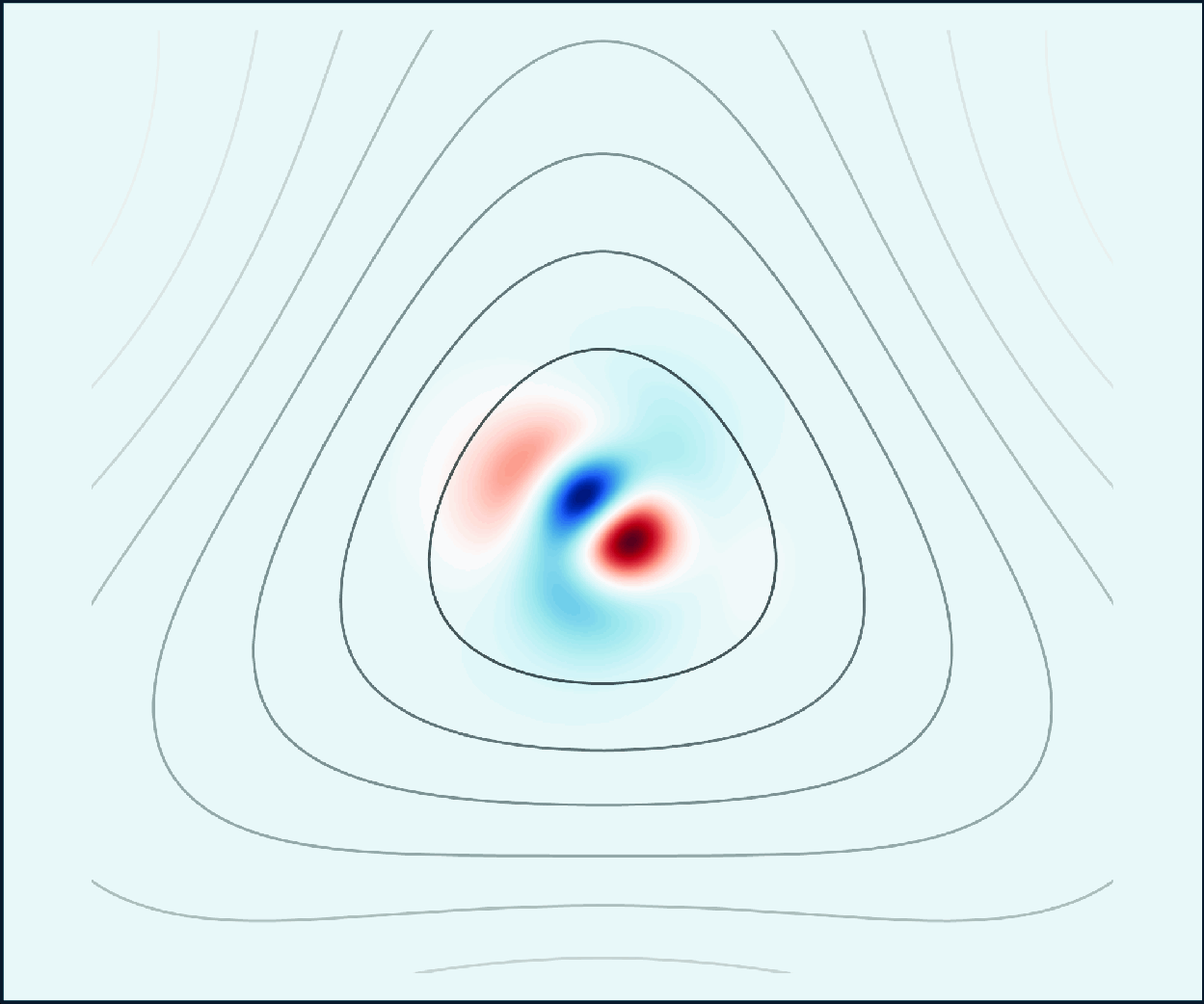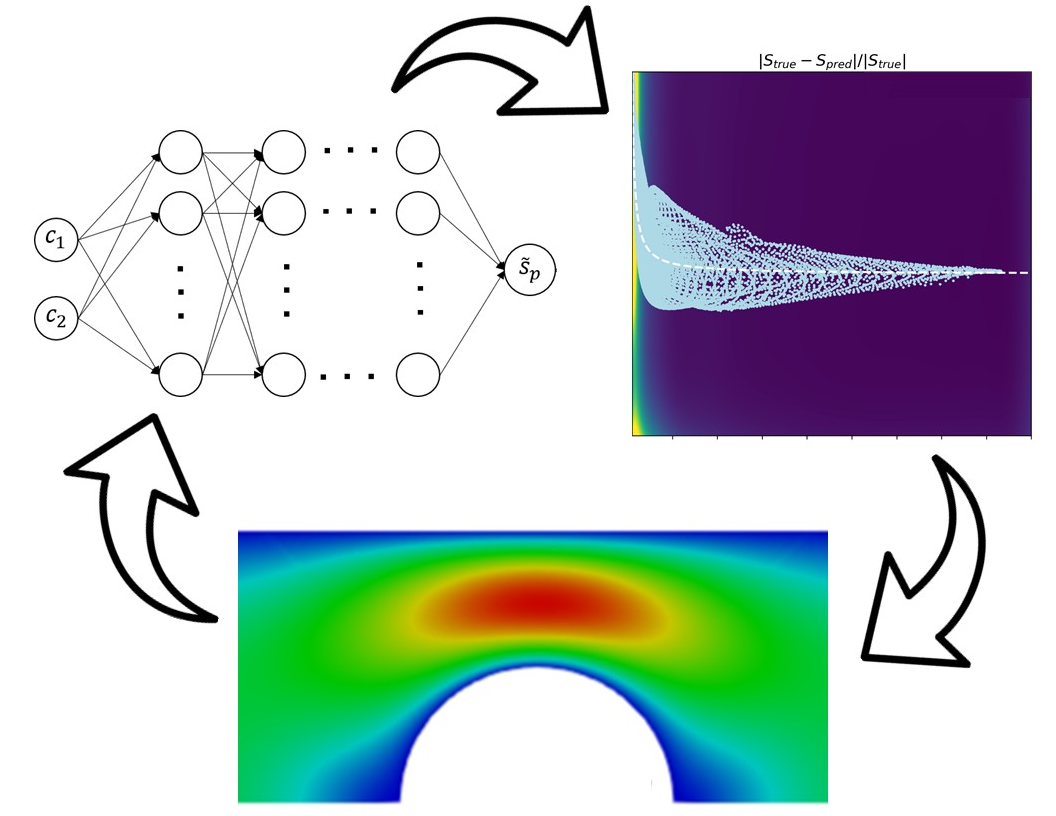Refine listing
Actions for selected content:
1396268 results in Open Access
Constituency Juries: Holding Elected Representatives Accountable through Sortition
-
- Journal:
- Perspectives on Politics , First View
- Published online by Cambridge University Press:
- 30 July 2025, pp. 1-19
-
- Article
-
- You have access
- Open access
- HTML
- Export citation
Shock interactions on a V-shaped cowl lip at supersonic and hypersonic speeds
-
- Journal:
- Journal of Fluid Mechanics / Volume 1016 / 10 August 2025
- Published online by Cambridge University Press:
- 30 July 2025, A15
-
- Article
- Export citation
David Scott Gehring. A European Elizabethan: The Life of Robert Beale, Esquire Oxford: Oxford University Press, 2024. Pp. 304. $115.00 (cloth).
-
- Journal:
- Journal of British Studies / Volume 64 / 2025
- Published online by Cambridge University Press:
- 30 July 2025, e28
-
- Article
- Export citation
Characterizing turbulent boundary layer response and recovery to buffer region spanwise blowing
-
- Journal:
- Journal of Fluid Mechanics / Volume 1016 / 10 August 2025
- Published online by Cambridge University Press:
- 30 July 2025, A26
-
- Article
-
- You have access
- Open access
- HTML
- Export citation
Resistance and Opposition: Analyzing the Defeat of Bill 57 in the Manitoba Legislature as an Act of Indigenous Counter-Securitization Discourse
-
- Journal:
- Canadian Journal of Political Science/Revue canadienne de science politique , First View
- Published online by Cambridge University Press:
- 30 July 2025, pp. 1-21
-
- Article
-
- You have access
- Open access
- HTML
- Export citation
Electrokinetic versus leaky-dielectric modelling of electrosprays operating in the cone-jet mode
-
- Journal:
- Journal of Fluid Mechanics / Volume 1016 / 10 August 2025
- Published online by Cambridge University Press:
- 30 July 2025, A14
-
- Article
-
- You have access
- Open access
- HTML
- Export citation
The Experiences of Nurses Who Participated in Disaster Relief Efforts After the February 6, 2023 Earthquakes in Türkiye: A Qualitative Study
-
- Journal:
- Disaster Medicine and Public Health Preparedness / Volume 19 / 2025
- Published online by Cambridge University Press:
- 29 July 2025, e210
-
- Article
- Export citation
Ear Arteriovenous malformation (AVM) : An algorithm for management
-
- Journal:
- The Journal of Laryngology & Otology / Accepted manuscript
- Published online by Cambridge University Press:
- 29 July 2025, pp. 1-22
-
- Article
- Export citation
The politics of food in Italy: sovereignty, identity and modernity
-
- Journal:
- Modern Italy , First View
- Published online by Cambridge University Press:
- 29 July 2025, pp. 1-10
-
- Article
-
- You have access
- Open access
- HTML
- Export citation
Populism and Institutional Fortitude: Philippine Engagement With International Law And Institutions During The Duterte Administration
-
- Journal:
- Asian Journal of International Law , First View
- Published online by Cambridge University Press:
- 29 July 2025, pp. 1-24
-
- Article
-
- You have access
- Open access
- HTML
- Export citation
Triangular instability of a strained Lamb–Oseen vortex
-
- Journal:
- Journal of Fluid Mechanics / Volume 1016 / 10 August 2025
- Published online by Cambridge University Press:
- 29 July 2025, A9
-
- Article
-
- You have access
- Open access
- HTML
- Export citation
A machine learning analysis of the impact of helideck surface conditions on helicopter safety
-
- Journal:
- The Aeronautical Journal , First View
- Published online by Cambridge University Press:
- 29 July 2025, pp. 1-16
-
- Article
- Export citation
Factors affecting the correlation between high-resolution computed tomography and operative findings in cholesteatoma surgery – a systematic review.
-
- Journal:
- The Journal of Laryngology & Otology / Accepted manuscript
- Published online by Cambridge University Press:
- 29 July 2025, pp. 1-25
-
- Article
- Export citation
Hammering at the entropy: a GENERIC-guided approach to learning polymeric rheological constitutive equations using PINNs
-
- Journal:
- Journal of Fluid Mechanics / Volume 1016 / 10 August 2025
- Published online by Cambridge University Press:
- 29 July 2025, A11
-
- Article
-
- You have access
- Open access
- HTML
- Export citation
Genomic resources for Dyckia ibiramensis: A set of microsatellite markers and the plastid genome sequence of a threatened Brazilian bromeliad
-
- Journal:
- Plant Genetic Resources , First View
- Published online by Cambridge University Press:
- 29 July 2025, pp. 1-12
-
- Article
- Export citation
University Education Reform and Entrepreneurship
-
- Journal:
- Management and Organization Review , First View
- Published online by Cambridge University Press:
- 29 July 2025, pp. 1-31
-
- Article
- Export citation
Double-diffusive viscous fingering induced by an active dye
-
- Journal:
- Journal of Fluid Mechanics / Volume 1016 / 10 August 2025
- Published online by Cambridge University Press:
- 29 July 2025, R3
-
- Article
- Export citation
The Grothendieck construction in the context of tangent categories
-
- Journal:
- Mathematical Structures in Computer Science / Volume 35 / 2025
- Published online by Cambridge University Press:
- 29 July 2025, e19
-
- Article
-
- You have access
- Open access
- HTML
- Export citation
Association between Systemic Immune-Inflammation Index (SII) and secondary haemorrhage risk after tonsillectomy
-
- Journal:
- The Journal of Laryngology & Otology , First View
- Published online by Cambridge University Press:
- 29 July 2025, pp. 1-5
-
- Article
- Export citation
Direct numerical simulation of power-law fluids over smooth and rough surfaces
-
- Journal:
- Journal of Fluid Mechanics / Volume 1016 / 10 August 2025
- Published online by Cambridge University Press:
- 29 July 2025, A13
-
- Article
- Export citation


















































